Kel-Tec P17 Review with Kel-Tec P17 Holster Suggestions
P17TM
Simple / Affordable / Reliable

If you’re in the market for a 17-round, compact .22LR pistol with more bells & whistles than a Christmas Day parade, then the P17 is definitely for you! Oh and with an MSRP of $199, you can’t afford to pass one up!
Features
Compact / Accurate / Versatile
Compact
At less than 14-ounces fully loaded, and barely longer than a dollar bill, the P17 is concealable for pretty much anyone. Just don’t forget it’s there when you need it! The threaded barrel, Picatinny-style accessory rail, ambidextrous safety, ambidextrous magazine release and three (3) 16rd magazines come standard. That’s a ton of value added in such a small package. And did we mention the price?
Accurate
Don’t let the small size fool you. This little pistol is a tack driver. The excellent trigger, fiber optic front sight and adjustable rear sight help you extend the P17’s range. It’s a handy little .22LR that builds confidence and burns bull’s eyes.
Versatile
Every tool has a purpose and having the right tool for the job sets you up for success. Its size, weight, and caliber are the perfect combination for training that new shooter in your life. For more experienced shooters looking to hone their skills, the P17 is also a great training tool for when you’re on a budget.
Specs


LEFT SIDE
RIGHT SIDE
P17™
MSRP: $199.00STANDARDMETRICCALIBER
.22LRWEIGHT UNLOADED
0.7lbs
306gMAGAZINE CAPACITY
16OVERALL LENGTH
6.7″
169mmBARREL LENGTH
3.8″
100mmBARREL THREADS
1/2-28 TPIHEIGHT
5.3″
135mmWIDTH
1.2″
30mmTRIGGER PULL
3lbs
13NDOWNLOAD MANUALQUICK START GUIDE
Where to buy hand made custom leather holsters and accessories:
-
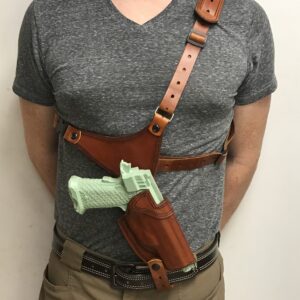 Alaska Style Hunter’s Rig Holster Only (C-4H)Product on sale$119.99
Alaska Style Hunter’s Rig Holster Only (C-4H)Product on sale$119.99 -
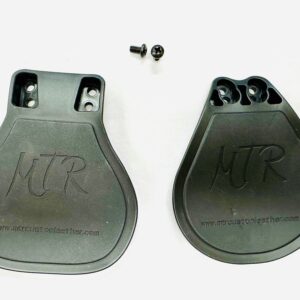 Paddle & Screw Hardware Replacement$21.99
Paddle & Screw Hardware Replacement$21.99 -
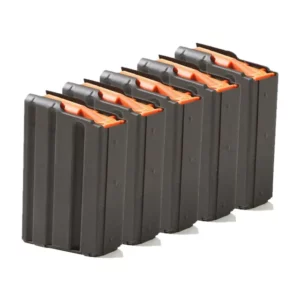 AR-15 10rd .223 (SS) Magazine 5PKProduct on sale$89.99
AR-15 10rd .223 (SS) Magazine 5PKProduct on sale$89.99 -
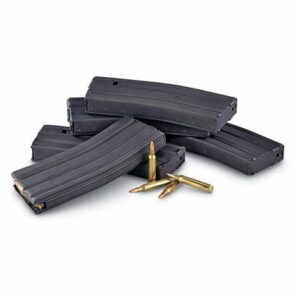 AR-15 30rd .223 (AL) Magazine 5PKProduct on sale$99.99
AR-15 30rd .223 (AL) Magazine 5PKProduct on sale$99.99 -
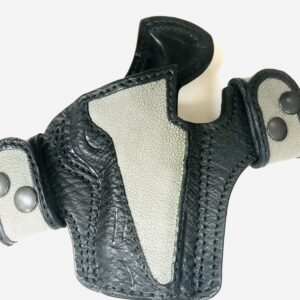 Platinum Edition (A-5)$299.99
Platinum Edition (A-5)$299.99 -
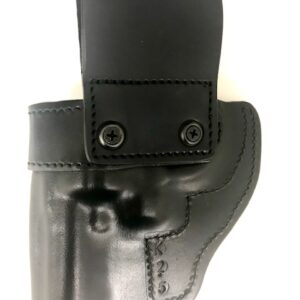 Belt Loop Attachment$24.99
Belt Loop Attachment$24.99 -
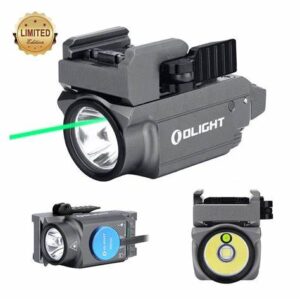 Olight Bladr Mini Green Light and Laser$129.95
Olight Bladr Mini Green Light and Laser$129.95 -
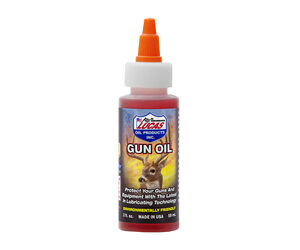 Lucas Oil 10006 Gun Oil Multi-Colored, 2 Ounces$9.99
Lucas Oil 10006 Gun Oil Multi-Colored, 2 Ounces$9.99 -
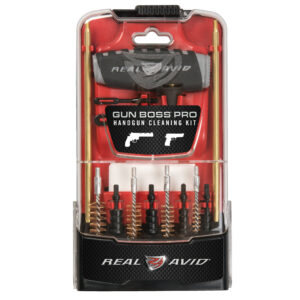 Real Avid, Gun Boss Pro, Handgun Cleaning Kit$34.99
Real Avid, Gun Boss Pro, Handgun Cleaning Kit$34.99
-
 Alaska Style Hunter’s Rig Holster Only (C-4H)Product on sale$119.99
Alaska Style Hunter’s Rig Holster Only (C-4H)Product on sale$119.99 -
 Paddle & Screw Hardware Replacement$21.99
Paddle & Screw Hardware Replacement$21.99 -
 AR-15 10rd .223 (SS) Magazine 5PKProduct on sale$89.99
AR-15 10rd .223 (SS) Magazine 5PKProduct on sale$89.99 -
 AR-15 30rd .223 (AL) Magazine 5PKProduct on sale$99.99
AR-15 30rd .223 (AL) Magazine 5PKProduct on sale$99.99 -
 Platinum Edition (A-5)$299.99
Platinum Edition (A-5)$299.99 -
 Belt Loop Attachment$24.99
Belt Loop Attachment$24.99 -
 Olight Bladr Mini Green Light and Laser$129.95
Olight Bladr Mini Green Light and Laser$129.95 -
 Lucas Oil 10006 Gun Oil Multi-Colored, 2 Ounces$9.99
Lucas Oil 10006 Gun Oil Multi-Colored, 2 Ounces$9.99 -
 Real Avid, Gun Boss Pro, Handgun Cleaning Kit$34.99
Real Avid, Gun Boss Pro, Handgun Cleaning Kit$34.99
-
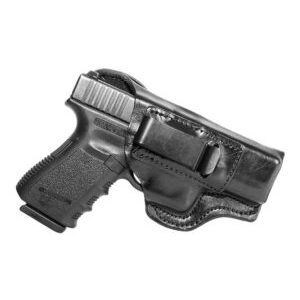 Adversary Holster (A-3)$64.99
Adversary Holster (A-3)$64.99 -
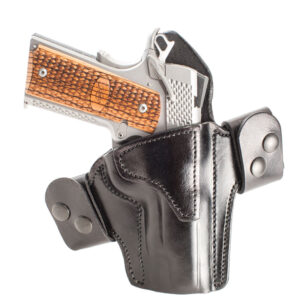 Deluxe Full-Size Quick-Snap Holster (A-5)$89.99
Deluxe Full-Size Quick-Snap Holster (A-5)$89.99 -
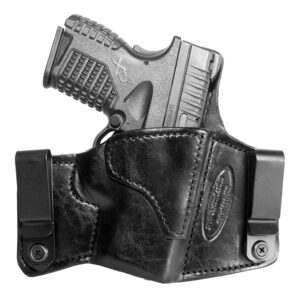 Dual Purpose Holster (A-2)$89.99
Dual Purpose Holster (A-2)$89.99 -
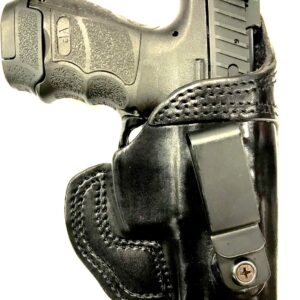 Tuckable Adversary Holster (A-3A)$69.99
Tuckable Adversary Holster (A-3A)$69.99 -
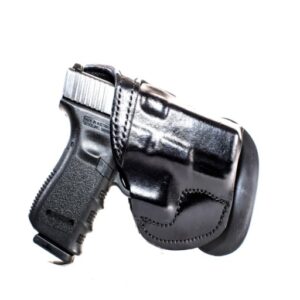 Paddle Holster (A-8)$79.99
Paddle Holster (A-8)$79.99 -
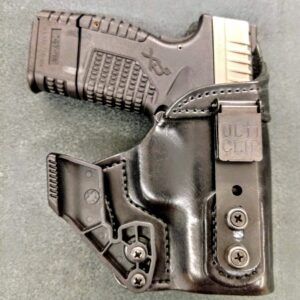 Deluxe AIWB Holster$89.99
Deluxe AIWB Holster$89.99 -
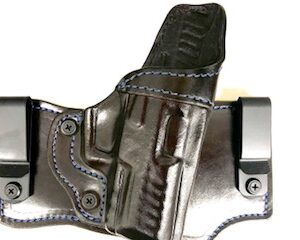 Deluxe Thoroughbred Holster (A-1+)$99.99
Deluxe Thoroughbred Holster (A-1+)$99.99 -
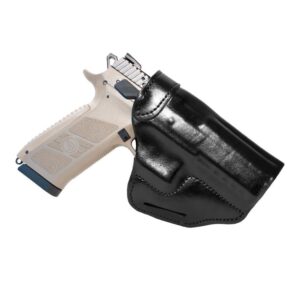 Avenger Scabbard Holster (A-4)$79.99
Avenger Scabbard Holster (A-4)$79.99 -
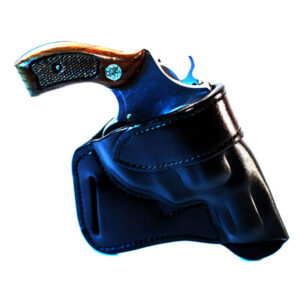 Cross Draw Holster (A-1C)$79.99
Cross Draw Holster (A-1C)$79.99
- Inside the Waistband (IWB) 7 products
- Outside the Waistband (OWB) 12 products
- Exotic Leather Holsters 26 products
- Autumn Collection 12 products
- Winter Collection 8 products
- Dual Carry (IWB/OWB) 2 products
- Package Deals 13 products
- Belts 13 products
- More Holsters 16 products
- Leg Holsters 2 products
- Pocket Holsters 4 products
- Shoulder Rigs 9 products
- Western 1 product
- Service/Maintenance 37 products
- Resize Belt 1 product
- Tighter Retention 1 product
- Hardware 26 products
- Leather Care 8 products
- Accessories 23 products
- Duty Gear 2 products
- EDC Gear 9 products
- Ammo Pouches 9 products
- Cartridge Slide 1 product
- Speed Loader Pouches 2 products
- Slings 3 products
- UKOALA Concealed Carry Bags 23 products
- Conceal Carry Bags 10 products
- Conceal Carry Crossbody/Fanny Pack 2 products
- Conceal Carry Back Packs 3 products
- UKOALA- Accessories 9 products
- Women's Top Choices 19 products
- Quick Ship Items 12 products
- CLEARANCE 18 products
- Gift Certificates/Wrapping 2 products

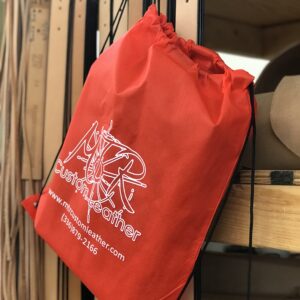
 4.25″ BULL BARRELThe shortened heavy-profile bull barrel is designed for maximum accuracy and concealability.
4.25″ BULL BARRELThe shortened heavy-profile bull barrel is designed for maximum accuracy and concealability. FLAT TOP SLIDE SERRATIONS40 LPI flat top slide serrations diffuse light and reduce glare.
FLAT TOP SLIDE SERRATIONS40 LPI flat top slide serrations diffuse light and reduce glare. U-DOT™ SIGHT PICTUREThe tritium & luminescent front sight of the Emissary pairs with a Tactical Rack U-Dot™ rear sight for easy target acquisition in all lighting conditions.
U-DOT™ SIGHT PICTUREThe tritium & luminescent front sight of the Emissary pairs with a Tactical Rack U-Dot™ rear sight for easy target acquisition in all lighting conditions.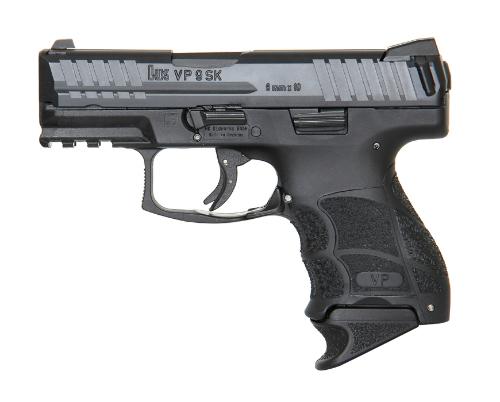
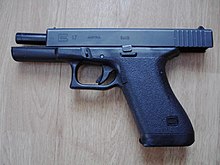
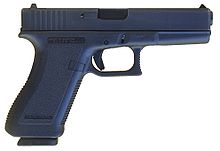
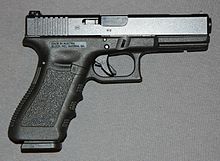
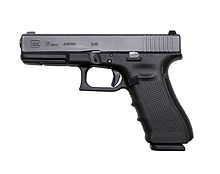
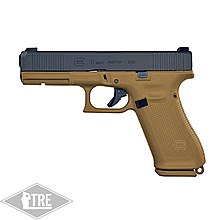
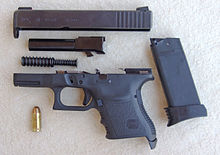
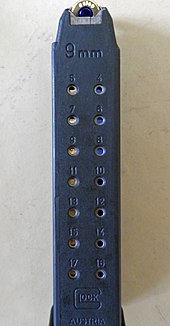
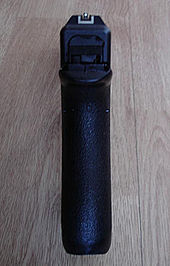
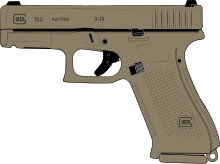
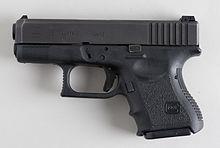
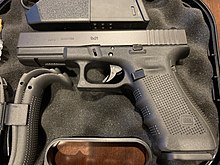
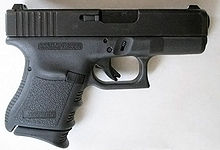
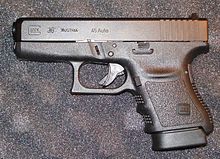
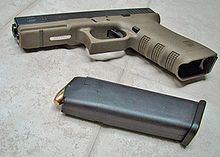
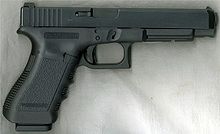
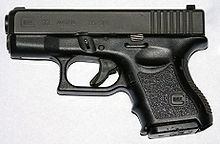
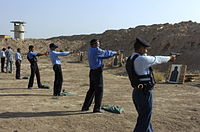

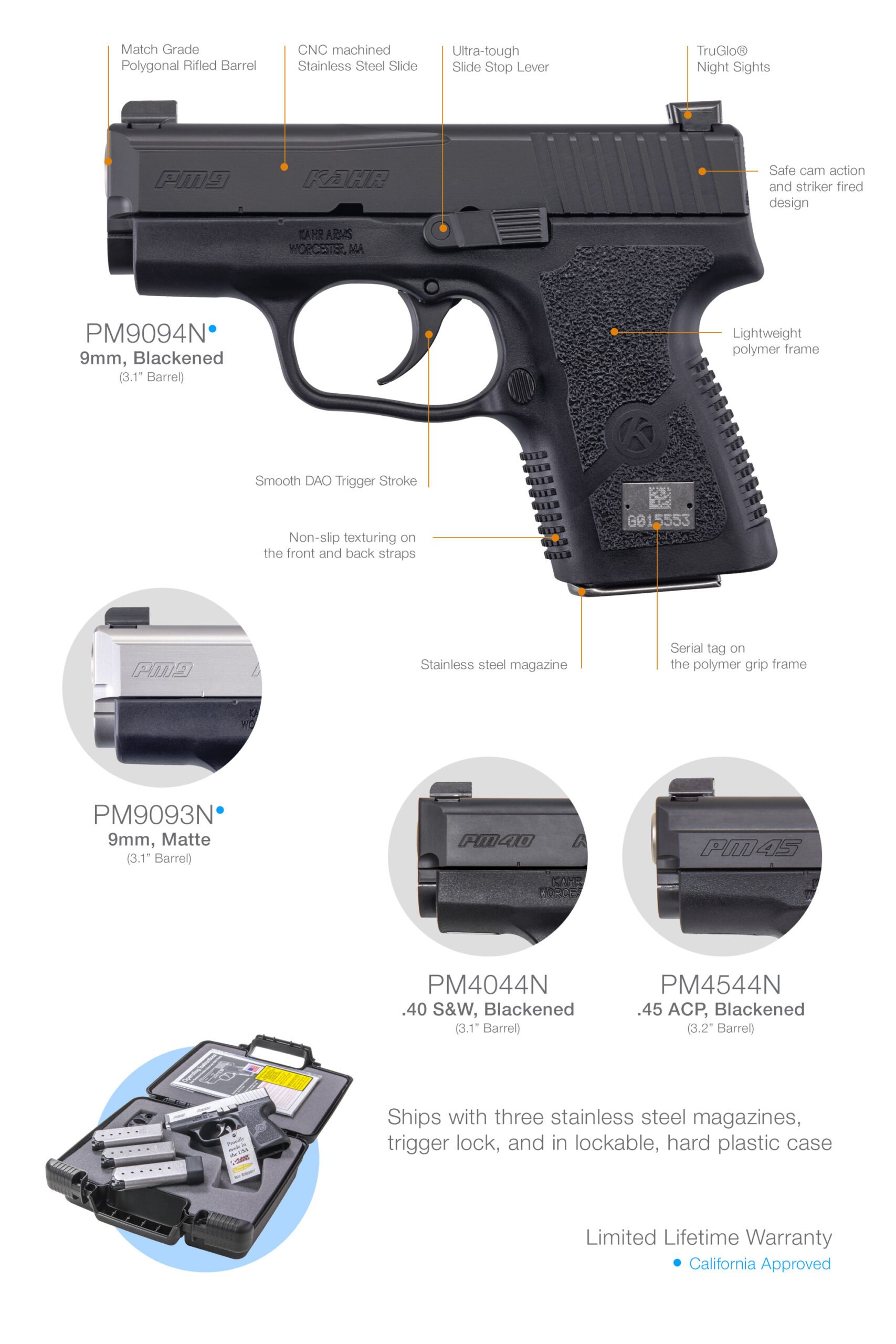
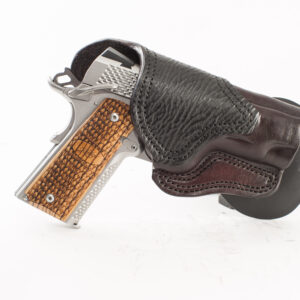
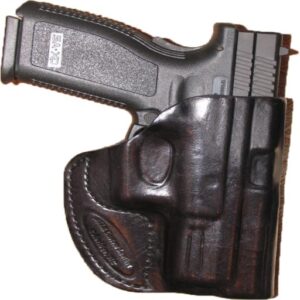
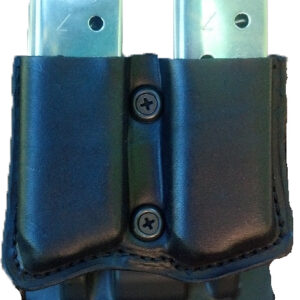
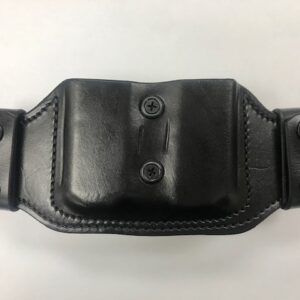
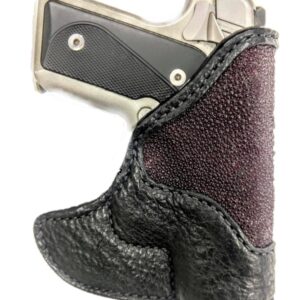
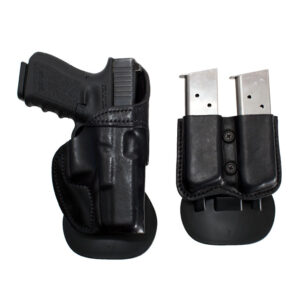
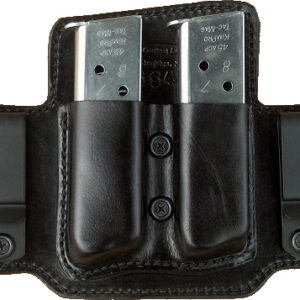
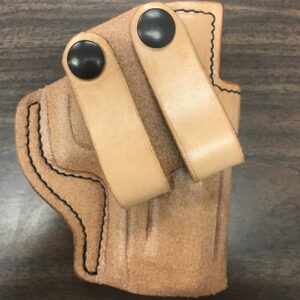

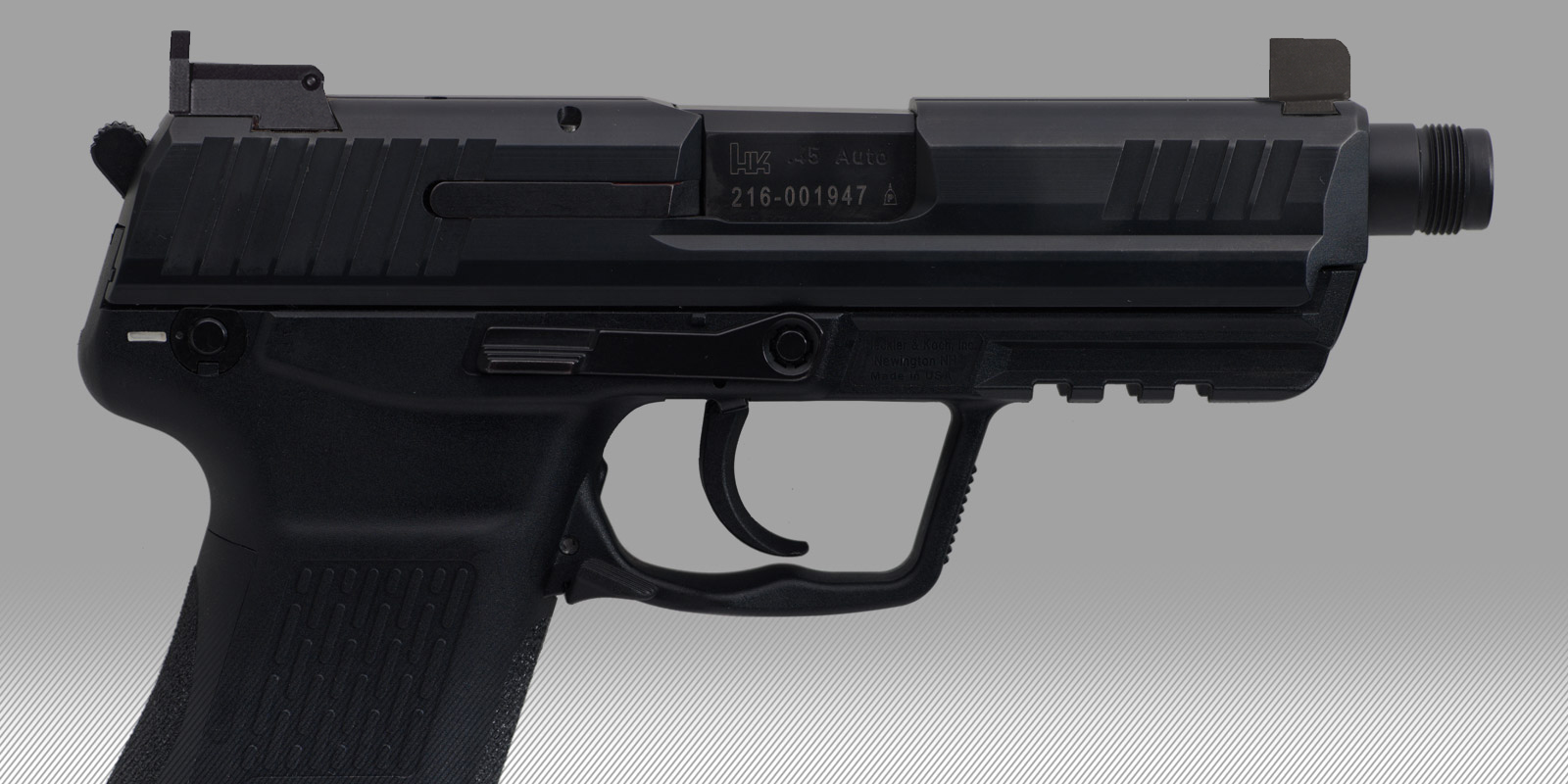

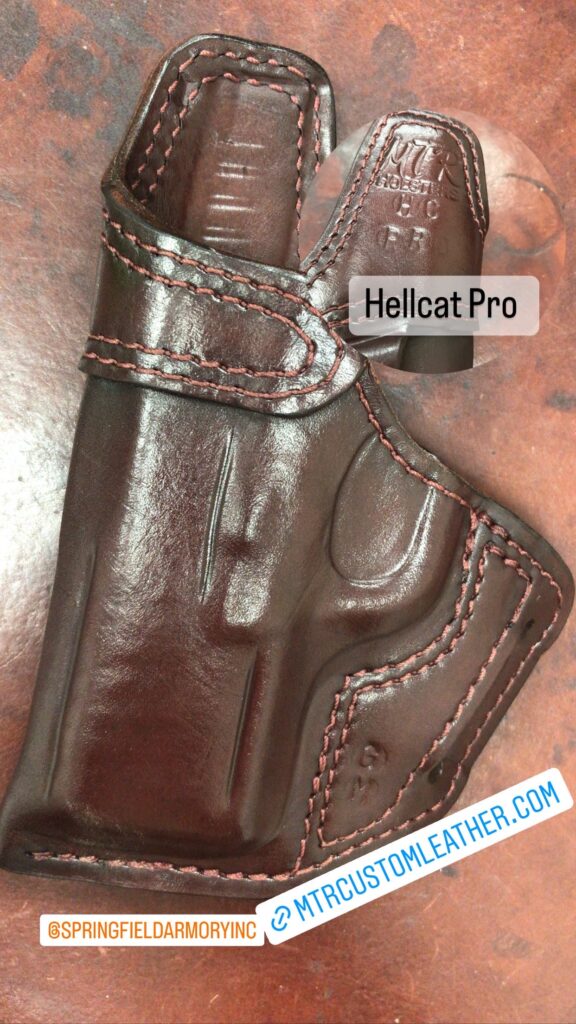
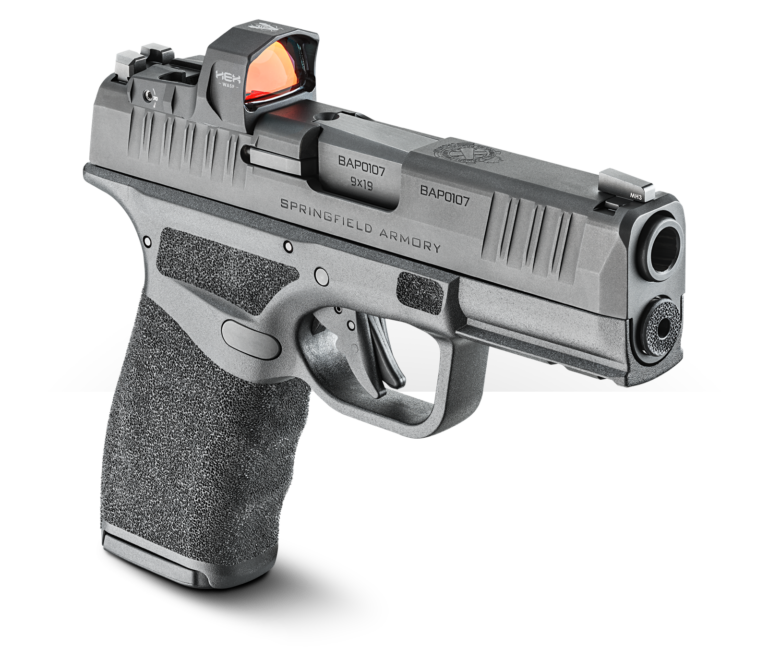
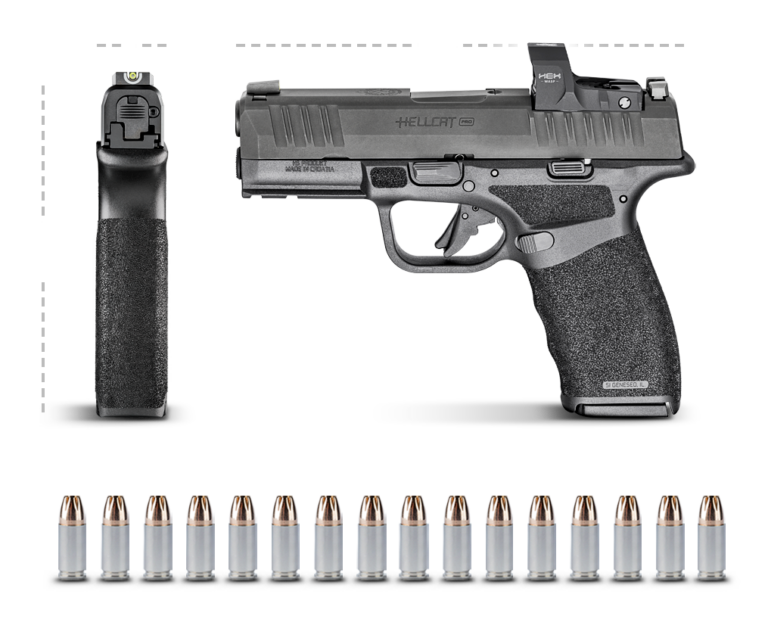
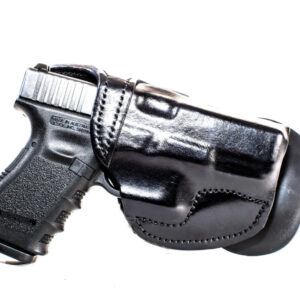
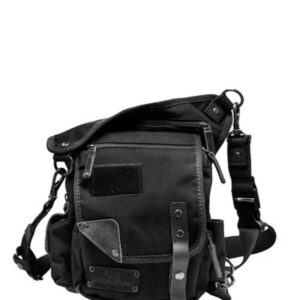
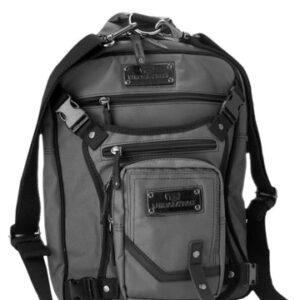
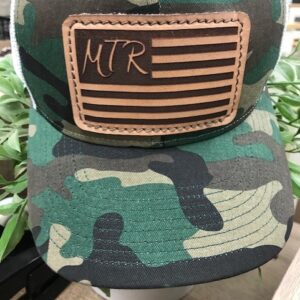

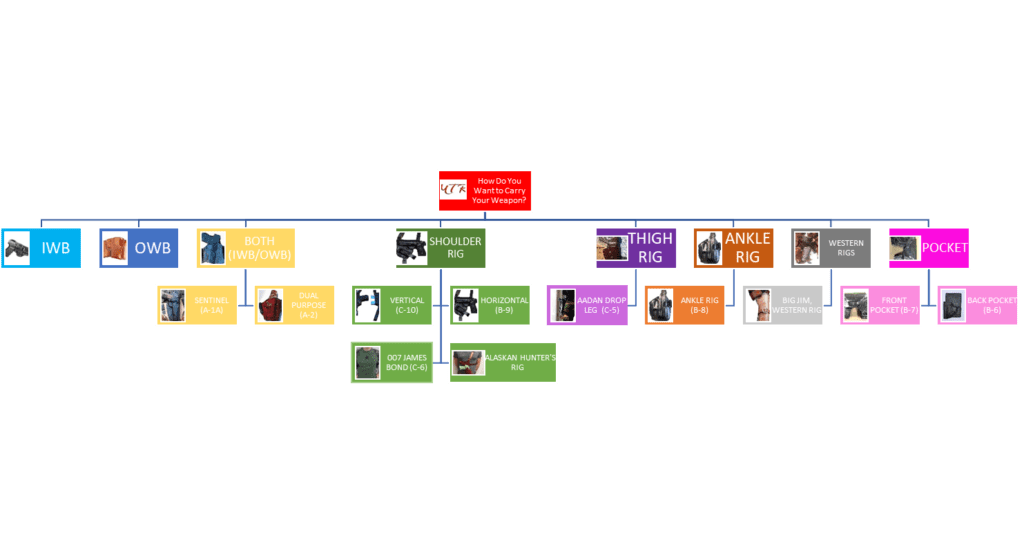
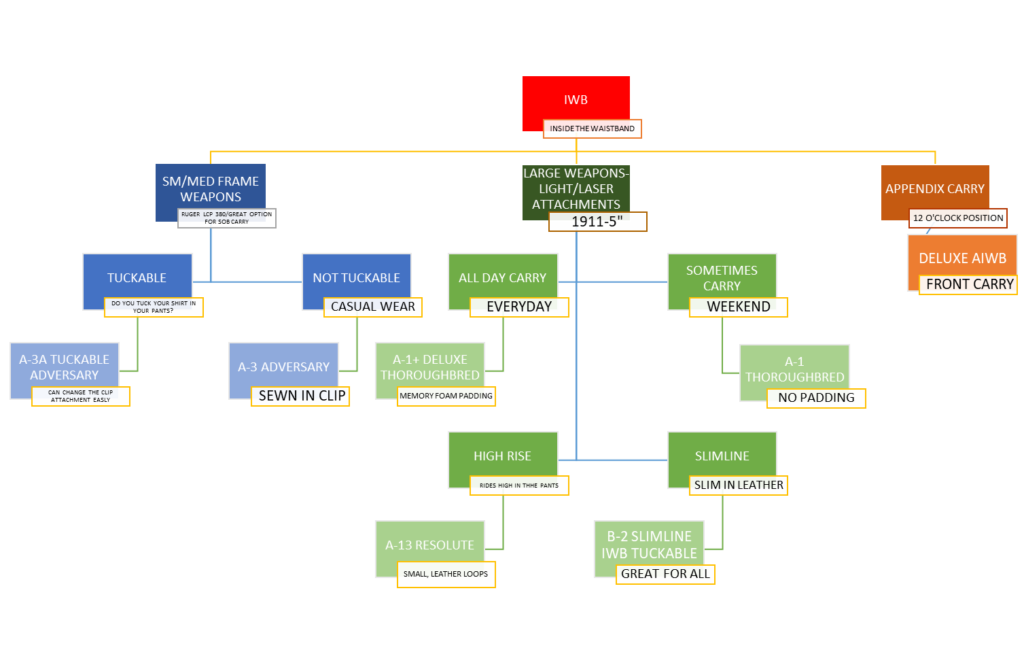
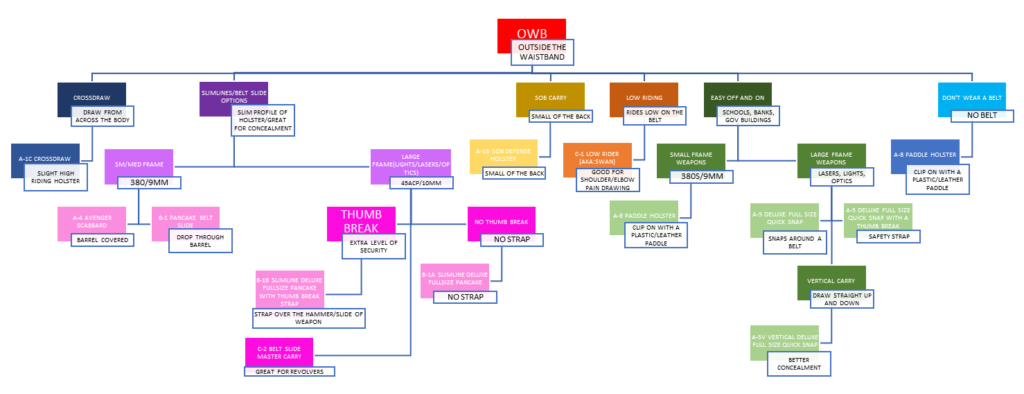
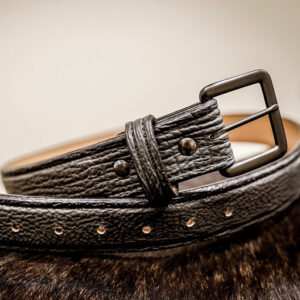
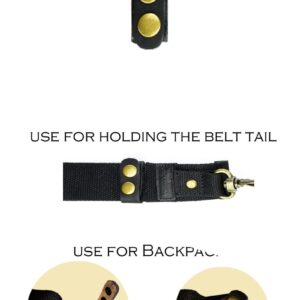
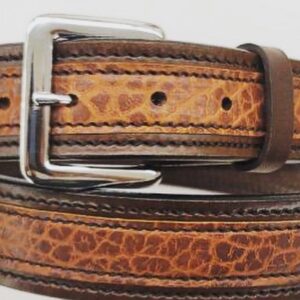
Recent Comments